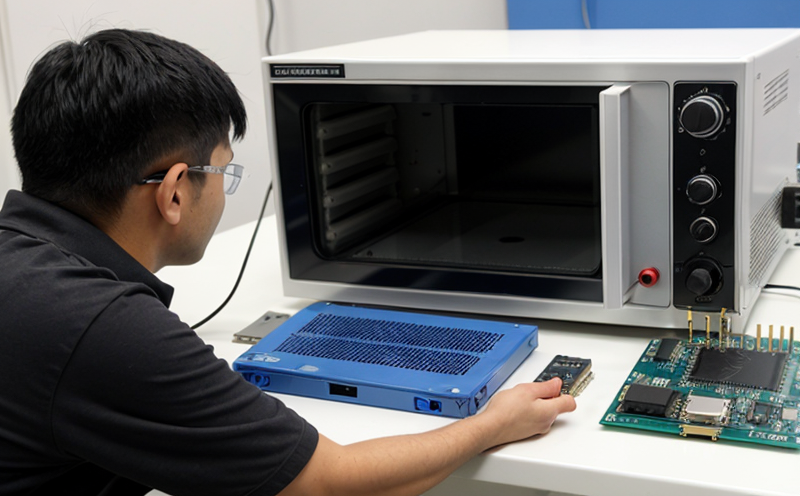CENELEC EN 62368 Component Safety Testing
The CENELEC EN 62368 standard addresses the safety of electrical and electronic components in consumer, commercial, industrial, medical, and other applications. This comprehensive testing framework ensures that the products comply with international safety requirements, protecting end-users from potential hazards such as electric shock, fire risk, and mechanical injuries.
Our laboratory specializes in providing CENELEC EN 62368 component safety testing services tailored to the electronics sector. Our team of experts employs state-of-the-art equipment and follows strict protocols to ensure accurate and reliable test results. Our clients include quality managers, compliance officers, R&D engineers, and procurement specialists who rely on our expertise to maintain product safety standards.
The scope of CENELEC EN 62368 testing includes assessing the electrical, mechanical, thermal, and acoustic properties of components. This ensures that products are safe for use in various environments and applications without compromising their performance or reliability. Our services cover a wide range of electronic components such as connectors, switches, relays, printed circuit boards (PCBs), and more.
To perform these tests, we utilize advanced instrumentation including high-voltage testers, insulation resistance meters, temperature sensors, noise measurement devices, and other relevant equipment. These tools help us simulate real-world conditions to identify any potential safety issues early in the development process or during quality control checks.
Our team ensures that all tests are conducted according to CENELEC EN 62368 guidelines. Compliance with these standards is crucial for manufacturers looking to meet regulatory requirements and avoid costly recalls due to product failures caused by insufficient safety measures.
By partnering with our laboratory, customers gain access to industry-leading expertise in component safety testing. We offer a full range of services including initial consultation on how best to approach compliance, detailed test plans, execution of tests using appropriate equipment, and comprehensive reports summarizing findings along with recommendations for improvement where necessary.
Applied Standards
| Standard | Description |
|---|---|
| CENELEC EN 62368-1 | General requirements for electrical equipment in the household, residential, commercial and similar environments. |
| CENELEC EN 62368-2 | Particular requirements for electronic components used in consumer products. |
| CENELEC EN 62368-3 | Particular requirements for industrial and commercial equipment. |
| CENELEC EN 62368-4 | Particular requirements for medical electrical equipment. |
Eurolab Advantages
Our laboratory offers several advantages when it comes to CENELEC EN 62368 component safety testing. Firstly, we have a team of highly qualified and experienced professionals who stay up-to-date with the latest developments in electrical safety standards.
We invest heavily in cutting-edge equipment that ensures precise measurements and reliable data collection during each test cycle. This allows us to provide accurate reports that meet or exceed customer expectations.
Our ISO/IEC 17025 accreditation guarantees the highest level of quality assurance for our testing services, ensuring customers receive consistent results across multiple projects.
We offer flexible scheduling options tailored to each client's needs so they can choose when it is most convenient for them to bring in their components for testing. Additionally, we provide detailed feedback reports complete with actionable insights that help clients improve product designs and manufacturing processes.
Environmental and Sustainability Contributions
- Promotes sustainable design practices by encouraging manufacturers to consider safety early in the development process.
- Reduces waste associated with non-compliant products through rigorous testing before release into market.
- Encourages recycling and proper disposal of old or faulty components that do not meet current safety standards.





